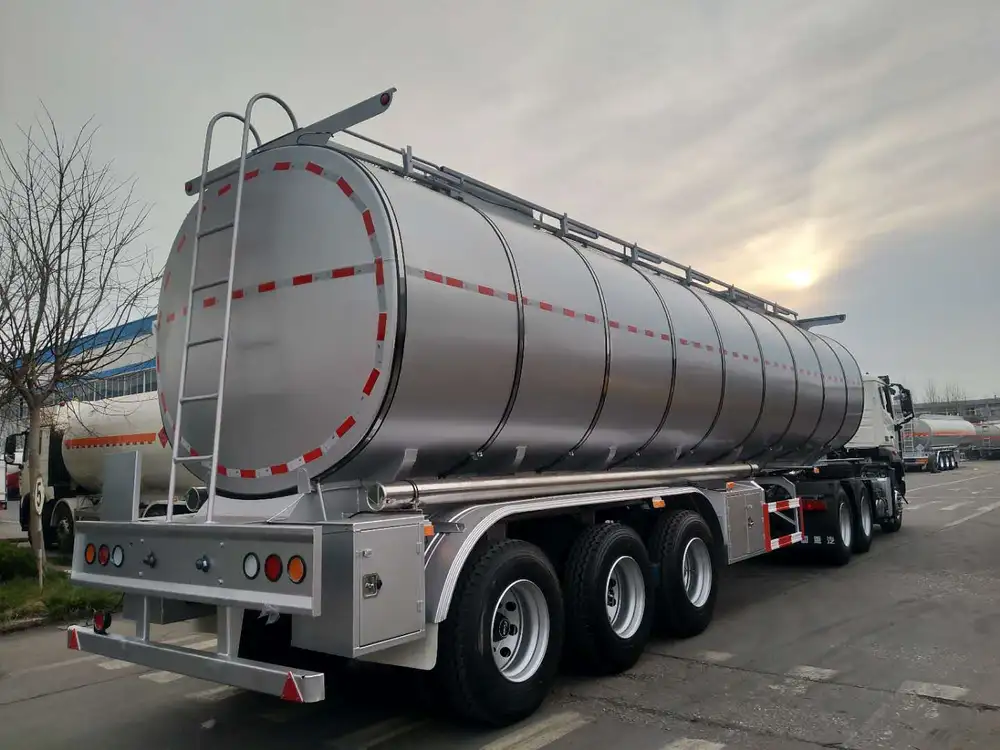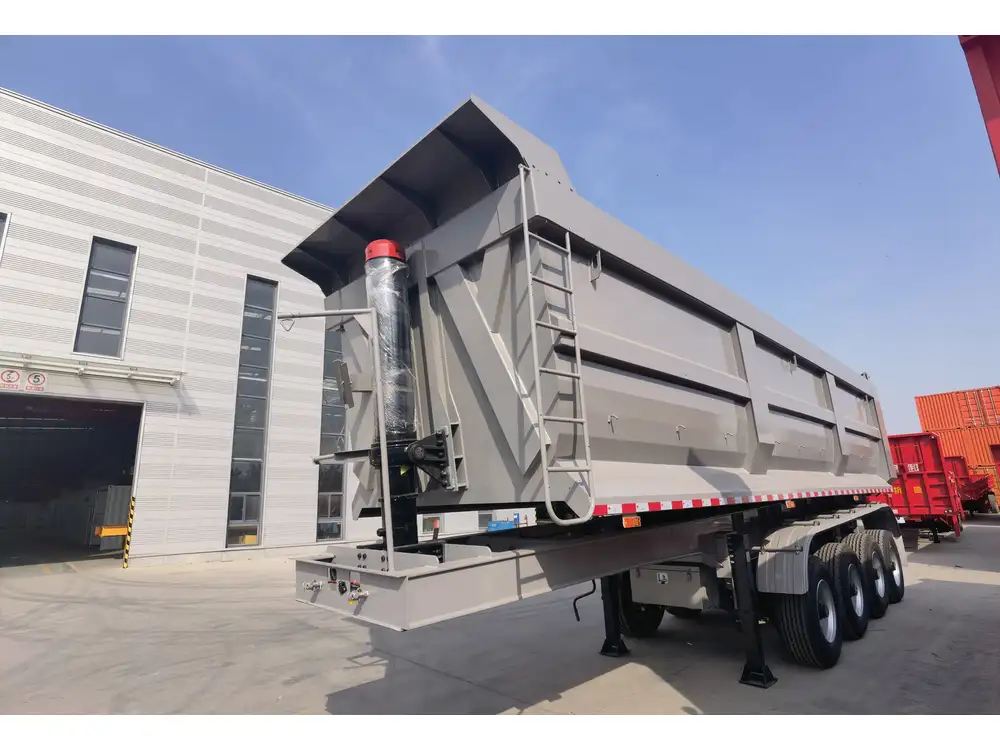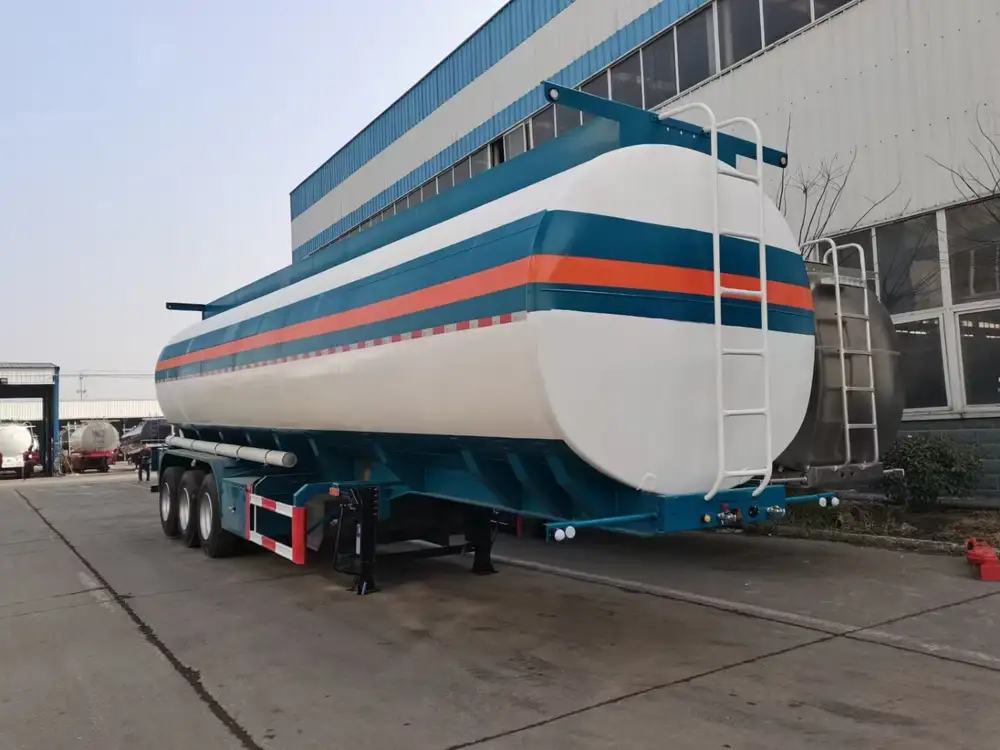Dumping the waste from your travel trailer can seem daunting, especially if you’re new to RVing or simply unfamiliar with the process. Understanding the correct methods, best practices, and regulations is essential to ensure a smooth experience. In this detailed guide, we will cover everything you need to know about dumping travel trailer waste.
Understanding Travel Trailer Waste Systems
Before you begin the process of waste disposal, it’s crucial to grasp the components of your travel trailer’s waste management system. Your trailer typically has two separate waste tanks:
| Tank Type | Description |
|---|---|
| Black Water Tank | Collects waste from the toilet, containing human waste and toilet paper. |
| Grey Water Tank | Collects waste from sinks, showers, and dishwashers, containing soaps and food residues. |
Why Proper Waste Disposal Matters
Proper disposal of trailer waste is not just about convenience; it plays a vital role in environmental health. Improper dumping can lead to contamination of local water supplies and damage ecosystems. Additionally, many camping and RV parks have strict regulations regarding waste disposal, and violating these can result in hefty fines. Here are some key reasons to handle waste properly:
- Environmental Protection: Prevents pollutants from entering soil and waterways.
- Health Concerns: Reduces the risk of diseases associated with untreated waste.
- Legal Compliance: Adhering to local laws avoids unnecessary penalties.

Essential Supplies for Waste Disposal
Before embarking on your waste disposal journey, it’s essential to equip yourself with the right tools. Here’s a list of necessary supplies:
Equipment Checklist
| Item | Purpose |
|---|---|
| Sewer Hose | Connects your trailer to the dump station for waste transfer. |
| Sewer Adapters | Helps fit your sewer hose to different dump station types. |
| Gloves | Provides hygiene and protects your hands from contamination. |
| Waste Tank deodorizer | Helps manage odors in your tanks. |
| Bucket | To catch spills and cleanup; useful for managing overflow. |
| Paper Towels | Cleaning supplies for any accidental spills. |
Maintenance Tools for Your Tanks
- Tank Treatment Chemicals: These help break down waste and control odors.
- Tank Monitor: Allows you to check your tank levels, reducing waste overflow risk.

Step-by-Step Process for Dumping Travel Trailer Waste
1. Planning Your Route to the Dump Station
Research dump station locations in advance, especially when traveling long distances. Many RV parks and campgrounds offer waste disposal facilities. Websites like RV Dump Stations, AllStays, and applications such as GasBuddy can help you find nearby dump stations. Always check the fees and specific operating hours before you arrive.
2. Preparing Your Trailer for Waste Disposal
- Find the Right Tools: Gather all necessary equipment outlined in the previous section.
- Check Tank Levels: Use your tank monitor to assess both black and grey tank levels. Aim to dump when the tanks are about two-thirds full for the most efficient disposal.
- Safety First: Don gloves and ensure you are near the dump station before proceeding.

3. Connecting the Sewer Hose
- Position the Trailer: Align your trailer as close to the dump station as possible, ensuring there’s enough length in your sewer hose to reach without strain.
- Attach the Sewer Hose: Open the sewer cap on your travel trailer’s outlet, and securely attach the sewer hose. Ensure a tight fit to prevent leaks.
Considerations While Connecting
- Use a Clear Elbow: This allows you to see when the tank is empty.
- Tighten Connections: You don’t want any spills during the flushing process.
4. Dumping the Black Water Tank
- Open the Black Water Tank Valve: This is typically done first to allow the heavy waste to drain completely.
- Monitor the Flow: The waste will begin to flow into the dump station. Be attentive to ensure there are no leaks or spills.
- Close the Valve: Once the flow slows or stops, securely close the valve.

5. Dumping the Grey Water Tank
- After the black water dump, it’s time to empty the grey water tank. This water is generally less hazardous and will help flush the sewer hose when draining.
- Open the grey water tank valve and watch as the tank empties. This water will help clean the sewer hose of any remaining black water residues.
6. Cleaning the Hose and Final Steps
- Flush the Hose: After both tanks are emptied, it’s advisable to use a hose at the dump station (if available) to rinse out the sewer hose. Ensure the sewer hose is disconnected before this step.
- Dispose Properly: If you have any hose attachments or equipment that was in contact with waste, rinse them thoroughly as well.
- Store the Equipment: Reattach the caps to the trailer and securely store the sewer hose in a designated area to avoid cross-contamination with your fresh water system.
7. Post-Dump Maintenance
- Add tank treatment chemicals to both tanks. This will help break down waste, reduce odors, and prepare the tank for the next use.
- Inspect your tanks after the dump for leaks or damages. Regular maintenance will prolong the life of your waste management system.

Avoiding Common Mistakes When Dumping Travel Trailer Waste
Mistake 1: Neglecting Tank Monitoring
Keeping an eye on your tank levels is crucial. Waiting too long to empty can lead to overflow risks and a messy situation.
Mistake 2: Not Using Proper Equipment
Using a substandard or improperly fitted sewer hose can lead to leaks and spills. Always invest in good-quality equipment.

Mistake 3: Failing to Clean Up
After dumping, it’s easy to overlook the surrounding area. Always ensure to leave the site clean and dispose of any waste materials according to local regulations.
Mistake 4: Improper Chemical Usage
Overusing or misapplying tank treatment chemicals can harm your systems. Follow guidelines provided by manufacturers for best results.
Local Regulations and Environmentally Friendly Practices
Each location may have its regulations regarding waste disposal. It’s essential to:
- Research Local Laws: Some regions require specific practices for waste disposal, including designated dumping times and procedures.
- Follow Guidelines: Always adhere to instructions at dump stations.
- Be Eco-Friendly: Use environmentally safe chemicals and practices to minimize your impact.

Conclusion
Dumping travel trailer waste may seem overwhelming, but following the proper steps ensures a smooth process. Being prepared with the right equipment, understanding the systems, and adhering to local regulations will make your RV experience more enjoyable. By prioritizing cleanliness and environmental consciousness, you ensure a positive impact on the communities you visit and foster a better experience for fellow travelers.
Through this comprehensive guide, we aim to equip you with all the necessary knowledge to confidently manage your travel trailer waste, ensuring that your journeys are pleasurable and hassle-free. Happy traveling!



